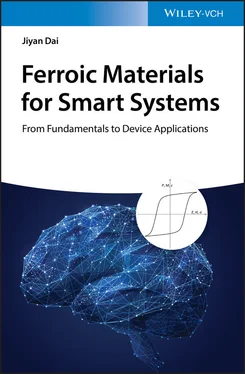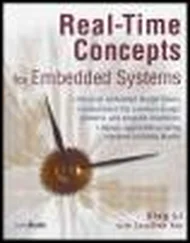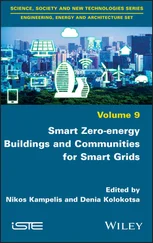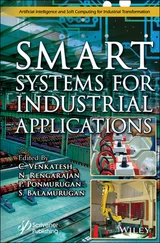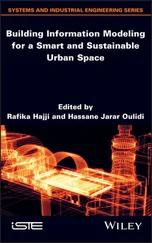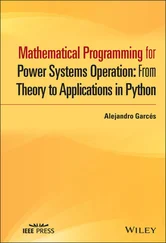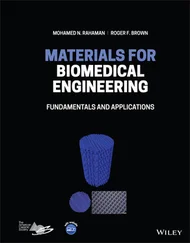1.2.3 Ferroelectric RAM (FeRAM)
Ferroelectric RAM (FeRAM, F‐RAM, or FRAM) is a random‐access memory that is similar to Dynamic Random Access Memory (DRAM) in structure but uses a ferroelectric layer instead of a dielectric layer to achieve non‐volatility. FeRAM is one of a growing member of alternative non‐volatile random‐access memory technologies that offers the same functionality as flash memory.
Advantages of FeRAM over flash memory include lower power usage, faster write performance, and much greater maximum read/write endurance (about 10 10–10 14cycles). FeRAMs have data retention of more than 10 years at +85 °C (up to many decades at lower temperatures). Market disadvantages of FeRAM are much lower storage densities than flash devices and higher cost.
A ferroelectric material has a nonlinear relationship between the applied electric field and the stored charge. Specifically, the ferroelectric characteristic has the form of a hysteresis loop, which is very similar in shape to the hysteresis loop of ferromagnetic materials. The dielectric constant of a ferroelectric is typically much higher than that of a linear dielectric because of the effects of electric dipoles formed in the crystal structure of the ferroelectric material. When an external electric field is applied across a dielectric, the dipoles tend to align themselves with the field direction. This alignment process is produced by small shifts in the positions of ions and shifts in the distributions of electric charges in the crystal structure. After the charges are removed, the dipoles retain their polarization state. Binary “0”s and “1”s are stored as one of the two possible electric polarizations in each data storage cell. For example, in Figure 1.10, a “1” is encoded using the negative remnant polarization “− P r,” and a “0” is encoded using the positive remnant polarization “+ P r”. In this FET structure with a ferroelectric layer as gate dielectric, the two polarization states correspond to different V th, resulting in a memory window within which the ON and OFF states of the FET can be read.
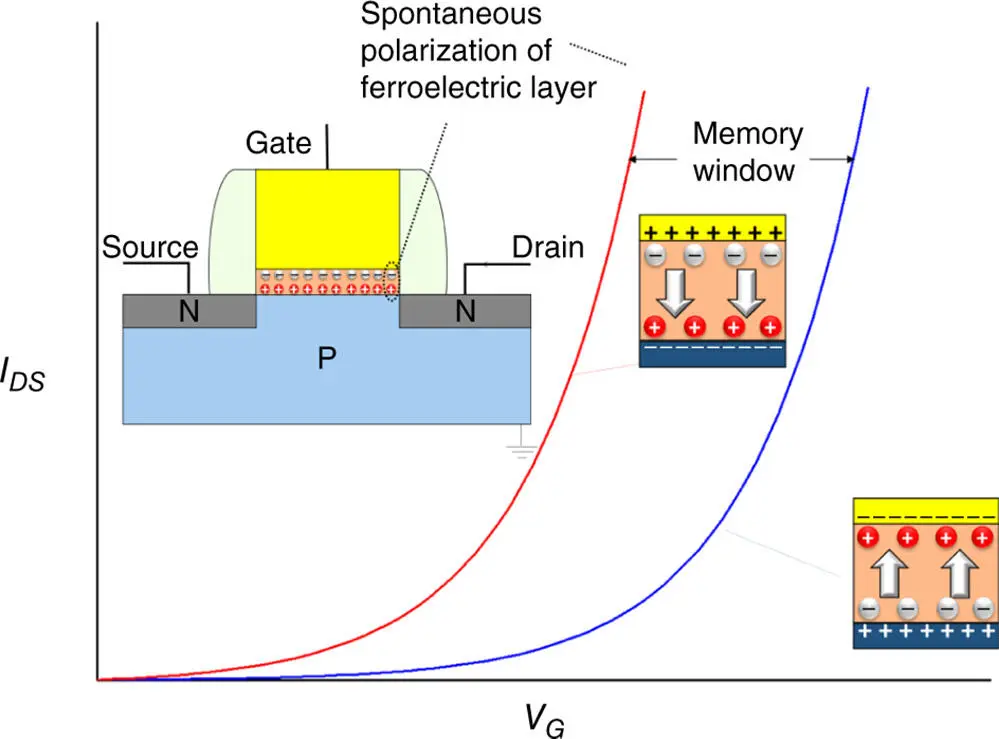
Figure 1.10Schematic diagram of field‐effect transistor (FET) and the current–voltage ( I – V ) characteristics induced by two different polarization state.
FeRAM remains a relatively small part of the overall semiconductor market. In 2016, worldwide semiconductor sales were US $338.93 billion (according to WSTS, SIA), with the flash memory market accounting for US $59.2 billion (according to IC insights (Cho 2018)). The 2017 annual revenue growth of Cypress semiconductor, perhaps the major FeRAM vendor, were reported to be US $2.33 billion. The much larger sales of flash memory compared with the alternative FeRAMs support a much larger research and development effort. Flash memory is produced using semiconductor linewidths of 15 nm at Renesas Electronics Corporation (2017). Flash memory can store multiple bits per cell (currently Samsung has announced the 64‐layer 512‐Gb in the NAND flash devices). As a result of innovations in flash cell design, the number of bits per flash cell is projected to increase to double or even to triple. As a consequence, the areal bit densities of flash memory are much higher than those of FeRAM, and thus the cost per bit of flash memory is orders of magnitude lower than that of FeRAM.
1.3 Device Application of Ferromagnetic Materials
Among many successful applications of ferromagnetic‐based devices, memory device based on ferromagnetic material is one of the most successful examples, especially in the thin film form. This is manifested by the very large market of magnetic hard disc in computing systems. But in most recent years, solid state memory (mainly flash memory) is superseding the magnetic hard disc. Nevertheless, ferromagnetic material also finds its application in non‐volatile memories such as spin‐transfer torque memory.
1.3.1 Spin‐Transfer Torque Memory
Spin‐transfer torque can be used to flip the active elements in magnetic random‐access memory. Spin‐transfer torque magnetic random‐access memory (STT‐RAM or STT‐MRAM) has the advantages of lower power consumption and better scalability over conventional magnetoresistive random‐access memory (MRAM), which uses magnetic field to flip the active elements. Spin‐transfer torque technology has the potential to make possible MRAM devices combining low current requirements and reduced cost; however, the amount of current needed to reorient the magnetization at present is too high for most commercial applications, and the reduction of this current density alone is the basis for present academic research in spin electronics. Figure 1.11is a schematic diagram of spin valve structure, while arrows indicate the magnetization direction.
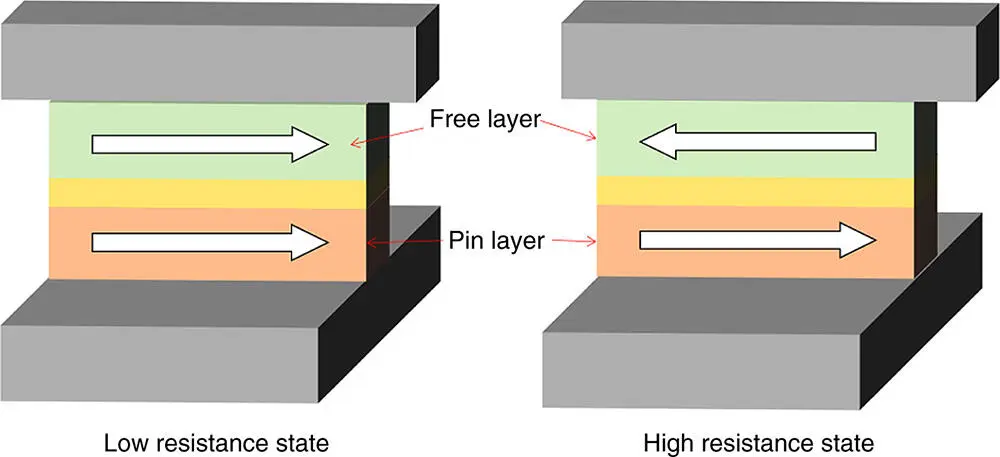
Figure 1.11Schematic diagram of spin valve structure where arrows indicate the magnetization directions.
1.3.2 Magnetic Field Sensor Based on Multiferroic Device
If a material possesses more than one of the ferroic properties of ferroelectric, ferromagnetic and ferroelastic, it is called multiferroics. Unfortunately, such materials are rare and are usually strong in one property but very weak in another, such as BiFeO 3, which is very strong in ferroelectrics but very weak in ferromagnetic (it is antiferromagnetic in fact). This makes multiferroic materials hard to be practically applied in devices. However, people have been trying to make composite materials such as piezoelectric with magnetostrictive materials, where the mechanical coupling between them makes the “multiferroic” meaningful for device application, for example, making very sensitive magnetic field sensor.
The magnetoelectric (ME) effect is the phenomenon of inducing magnetization by an applied electric field ( E ) or polarization by magnetic field ( H ). Many efforts have been devoted to improve the limit of detection of the ME composite at low frequency range, and values of ∼10 −7Oe at 1 Hz has been reported (Wang et al. 2011). Based on the magnetic–strain–electric coupling, scientists have demonstrated dc magnetic field sensor with a detection limit of 2 × 10 −5Oe to dc magnetic field with a nonlinear ME magnetic effect (Li et al. 2017). Ferroelectric material PZT and magnetostrictive material Metglas have been implemented in the composite device (see Figure 1.12).
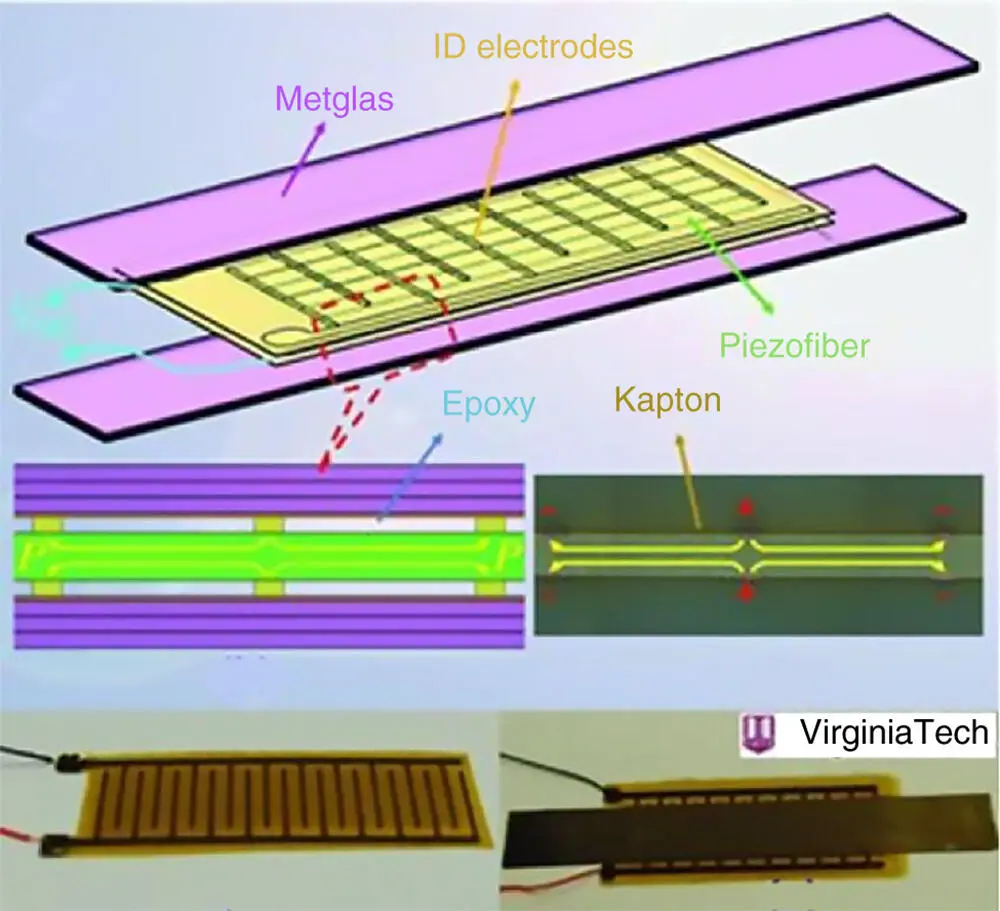
Figure 1.12Outline of ME device from Virginia Tech and schematic of the cross‐section of the ME composite.
Source: Wang et al. (2011). Adapted with permission of John Wiley and Sons.
1.4 Ferroelastic Material and Device Application
Shape memory alloys (SMAs) are the most typical ferroelastic material, which is an important member of ferroics. The shape memory characteristics originates from the phase transition between high temperature austenite phase and low temperature martensite phase, where the shape at cubic‐austenite phase can be resumed from low temperature martensite phase whose lattice can be largely twisted (see Figure 1.13).
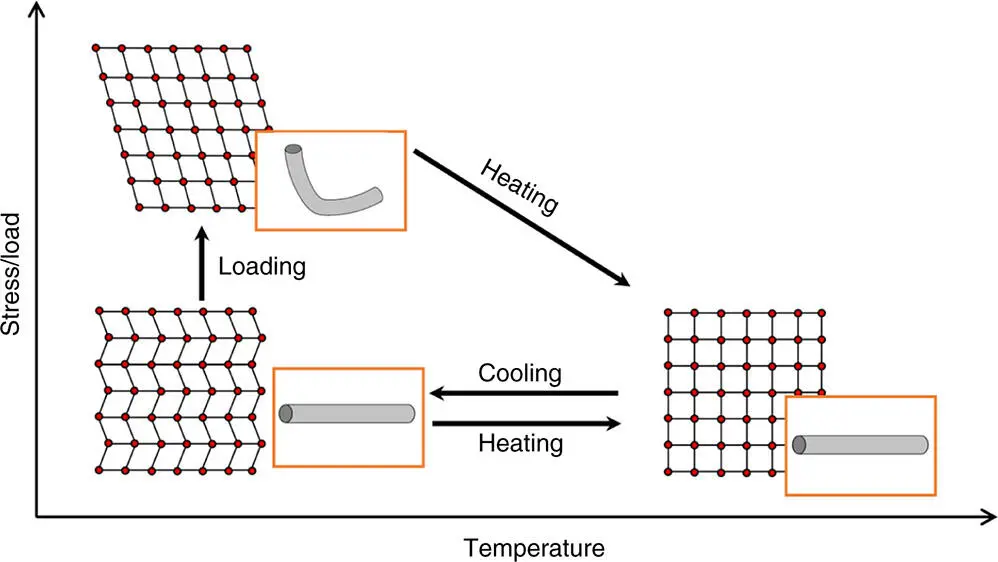
Figure 1.13Phase transition between high temperature austenite phase and low temperature martensite phase, where the shape at cubic‐austenite phase can be resumed from low temperature martensite phase whose lattice can be largely twisted.
Читать дальше
